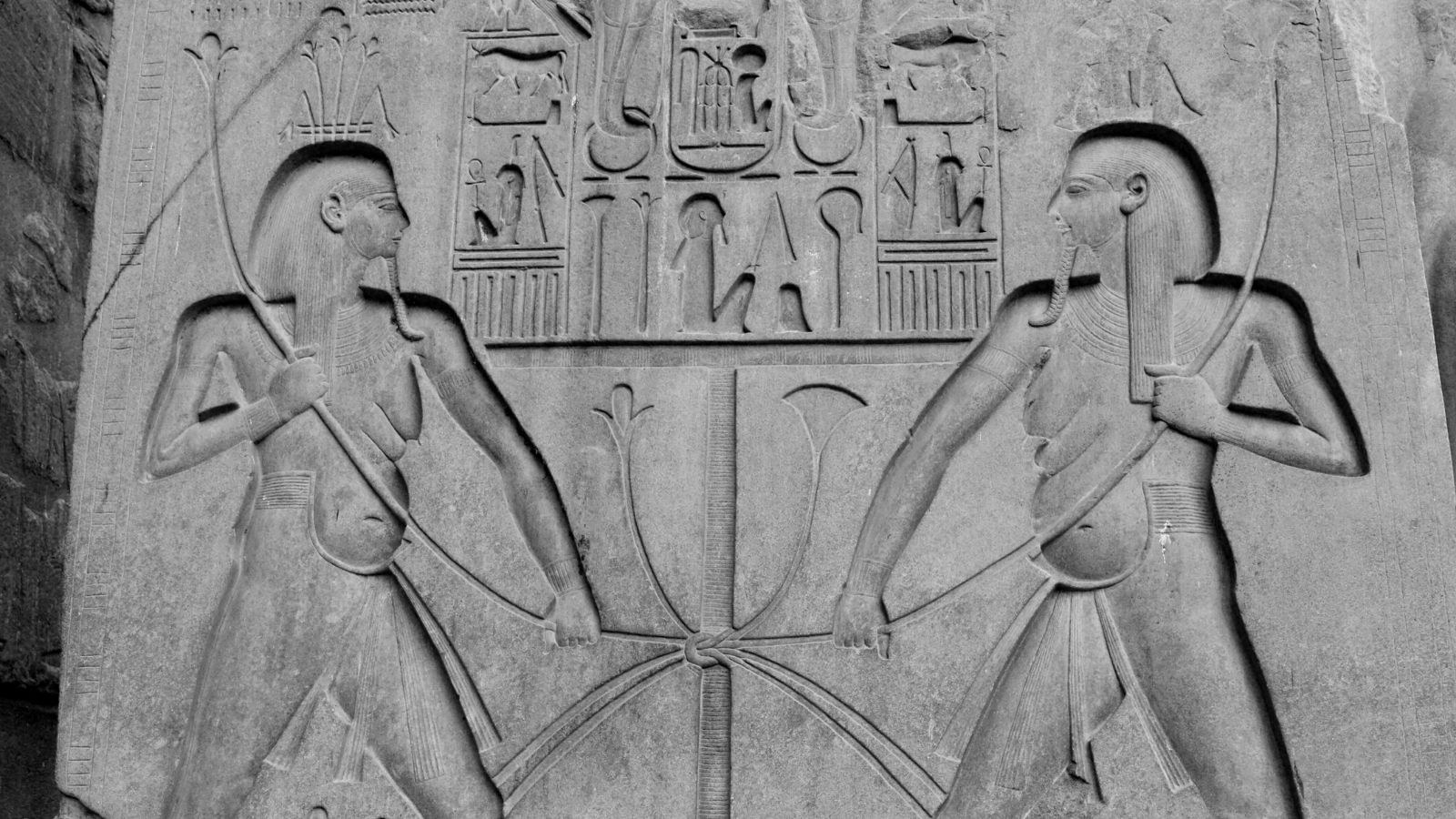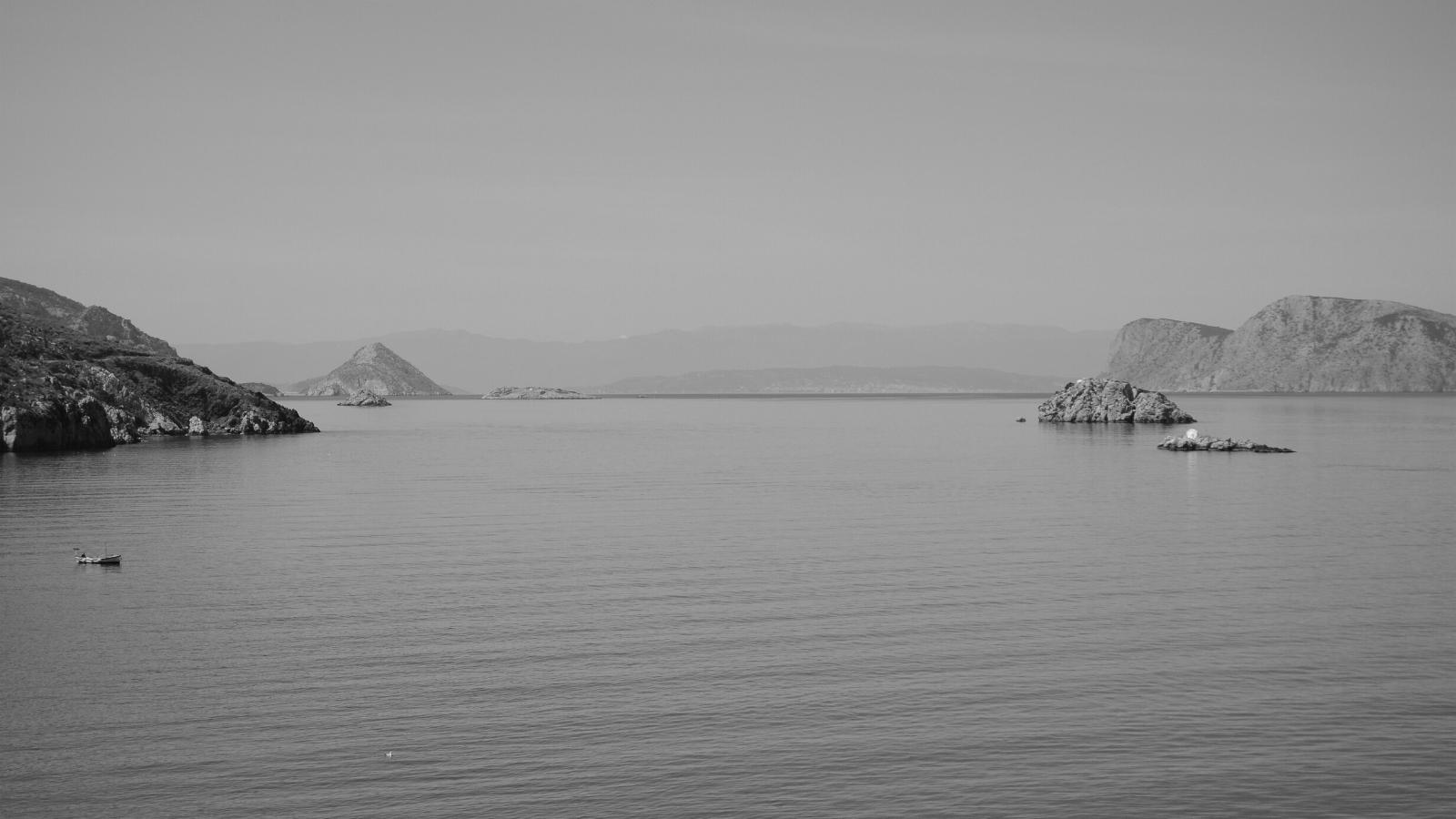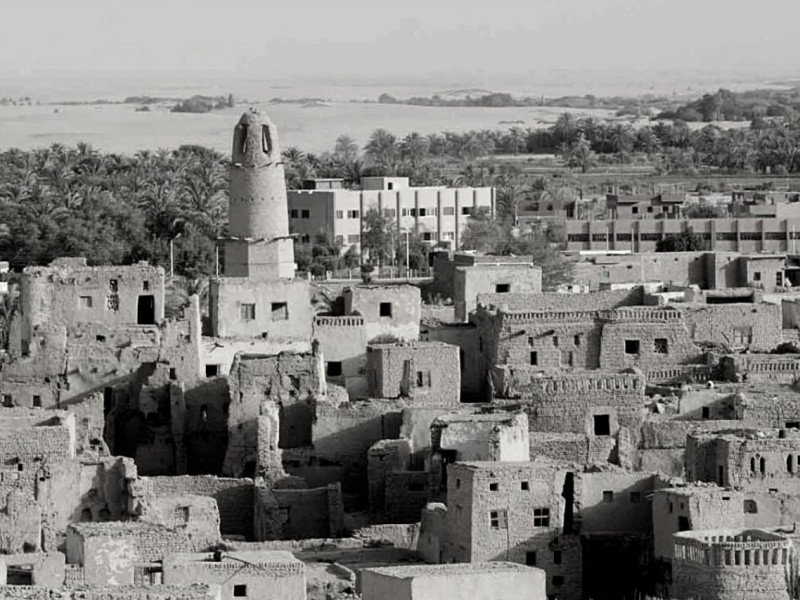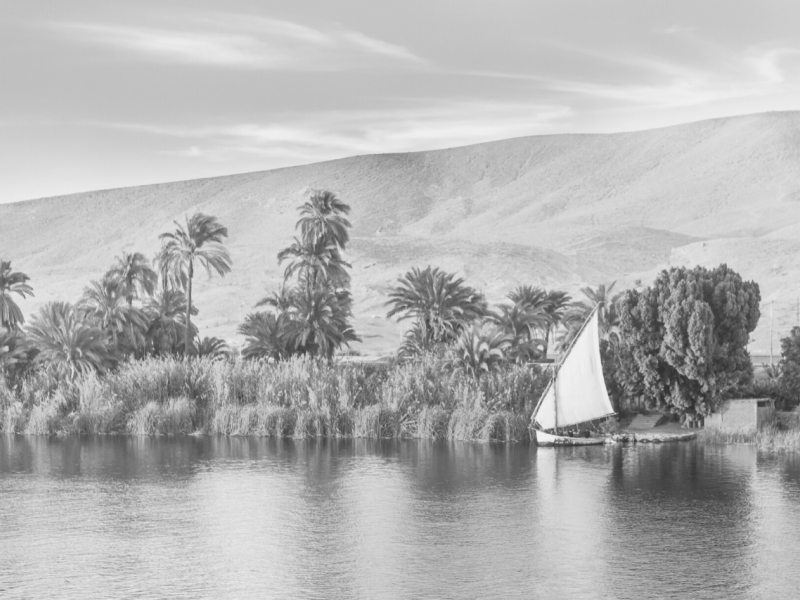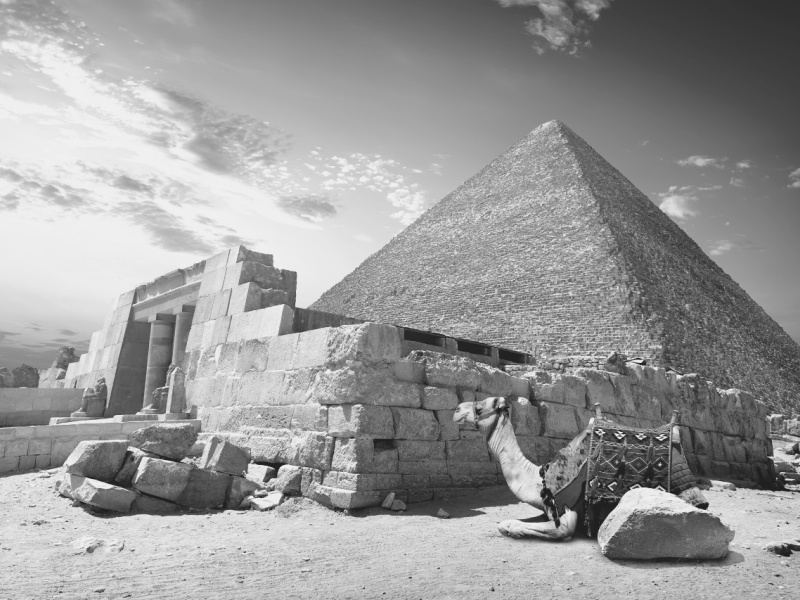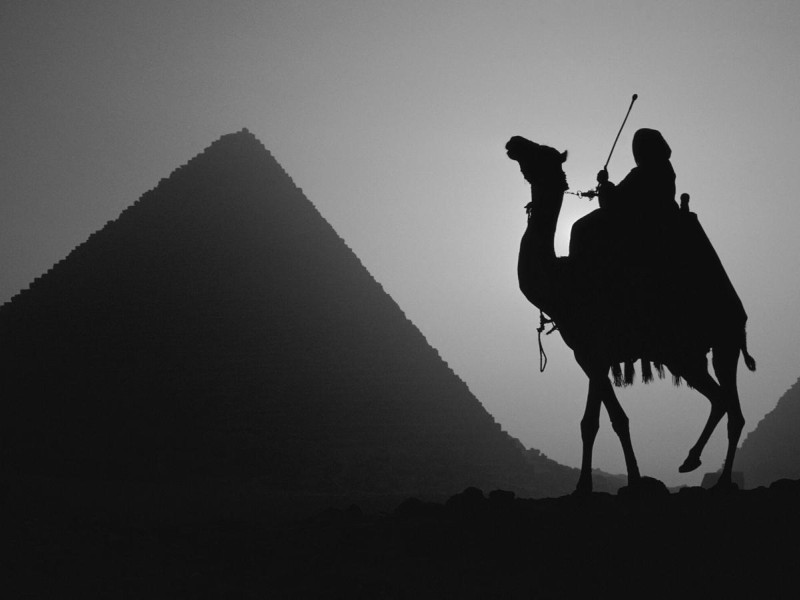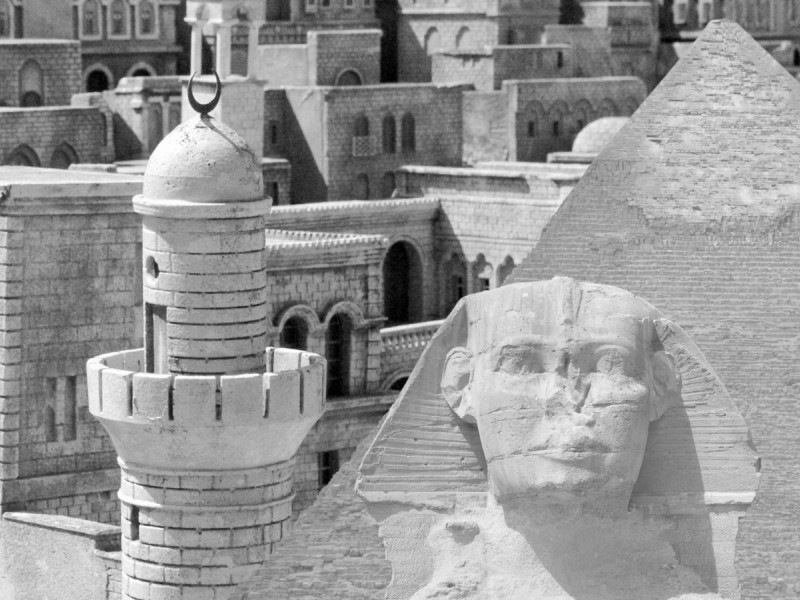Why Is the Delta Region to the North Called Lower Egypt? Geography
The delta region to the north earned the name Lower Egypt due to the direction of the Nile. Ancient Egyptians relied on the Nile River for their livelihood. Since the Nile flowed from south to north, the north became Lower Egypt.
Discover the relevance of Lower Egypt to Egyptian civilization in this article.
Why Is the Delta Region Called Lower Egypt?
The ancient Greeks and Romans placed Lower Egypt above Upper Egypt. This was because the Nile flowed northwards towards the Mediterranean Sea. Since rivers flow from upper to lower regions, the delta became Lower Egypt. That was how the north of Egypt became Lower Egypt.
How the Ancient Egyptians and the Rest of the World Called Lower Egypt
The ancient Egyptians referred to Lower Egypt as Tsakhet meaning north. They also called Lower Egypt Land of the Papyrus. This was because of the abundance of papyri in the delta region. Later, when Lower Egypt became a Kingdom, it adopted the papyrus as its national symbol.
During the Middle Ages, the Romans and Greeks named north Egypt Aegyptus Inferior. Aegyptus Inferior meant Inferior Egypt or Lower Egypt and that is what has stuck till today.
A Brief History of Lower Egypt
Until 3000 BC, ancient Egypt consisted of two separate Kingdoms: Upper and Lower Egypt. Upper Egypt was the region between the Nile cataracts stretching northwards to El-Ayait. Lower Egypt was the fertile land linking Upper Egypt to the Mediterranean Sea. It’s worth noting that these two kingdoms had their own crowns, regalia, and symbols.
The Administration, Religion, and Symbols of Lower Egypt
Lower Egypt comprised of 20 nomes and its capital was Memphis. Nomes were administrative regions governed by nomarchs. Notably, the people of Lower Egypt worshipped the goddess Wadjet and she was their guardian and their matron.
Moreover, the symbols of Lower Egypt were the Red Crown called Deshret, a papyrus, and a bee. The bee symbolized royalty and honor, while the papyrus represented the rich and fertile land of the region.
The goddess Wadjet’s symbol was a cobra which also became a national emblem. When Upper and Lower Egypt came together, Wadjet continued to be a guardian of Egypt.
The Major Economic Activities in Lower Egypt
The nomes around the Nile river delta took to farming and raising livestock. The lush delta vegetation supported this agricultural venture. The farmers cultivated grains like wheat and barley. They also grew vegetables, pomegranates, vines, and melons.
The people of Lower Egypt also reared animals such as cattle, pigs, geese, and goats. The farmers used the cattle to plow the fields and to sow seeds. The Egyptians also sacrificed some of the animals to the gods as a form of worship.
Birth and Growth of Civilization in Lower Egypt
Around 3600 BC, the people of Lower Egypt started embracing refined civilization. The use of refined pottery and copper became prevalent throughout the land.
The Egyptians around the Nile river's widest point copied the Mesopotamian culture. They embraced the Mesopotamian way of molding bricks and they also utilized Mesopotamian architectural designs in building their structures. All these contributed to their refined civilization.
The Lost Cities of Lower Egypt
The Nile brought prosperity to the people of Lower Egypt. Yet, it aided in the destruction of important cities in the Delta Region. These cities served as a gateway to both Lower Egypt and Upper Egypt. They also served as commercial posts where trading took place.
The names of the cities were Menouthis, Herakleion, and Eastern Canopus.
The Disappearance of Menouthis
The ancient Egyptians built Menouthis near the Canopic branch of the Nile. It was an important religious center for the people of Egypt. By the end of the second century AD, soil liquefaction caused the submersion of the city.
The Submersion of Herakleion
Herakleion was a port city in Lower Egypt situated closer to the mouth of the Nile. Also called Thonis, the city was a center of commerce. The ships that docked at the city paid taxes to aid the economy of the region. Rising sea levels and bad weather conditions caused the submersion of the city in the second century AD.
The Sinking of Canopus
Canopus was a city along the coastal region of Lower Egypt. It was the main port for trade and commerce in ancient Egypt. Like the cities above, Canopus sunk into the sea due to soil liquefaction. You can find the remnants of the city in present-day Abu Qir in Egypt.
The Unification of Lower and Upper Egypt
Upper Egypt and Lower Egypt originally had a frosty relationship that resulted in constant conflicts. However, these conflicts led to their unification.
The Legend of Menes
Menes, who was king of Upper Egypt fought against his rivals in Lower Egypt and won. He then united the two warring factions into a single dynasty.
After that, Menes chose the capital of Lower Egypt as the capital of the whole empire and diverted the course of the Nile river to build his palace and his government buildings. He then instituted common religious practices throughout the entire kingdom and ensured the equal distribution of wealth and the prosperity of his people.
Differing Opinions on the Legend of Menes
King Menes was the unifier of Lower and Upper Egypt but some scholars thought otherwise. The consensus was that Menes might be a name that represented all the kings who helped in unifying Egypt.
According to them, the unification of Upper and Lower Egypt took place over time. It was not a one-time event and it took several kings to arrive at that decision.
The Legend of Narmer
Some historians believe that the real king who unified the two kingdoms was Narmer. Narmer was from Thinis and led many campaigns to Lower Egypt to subdue it.
His success allegedly brought about the unification of Egypt. He then married the Princess of Naqada in Lower Egypt as a symbol of peace and unity.
How the Nile Delta in Lower Egypt Formed
Deltas form when rivers empty their water and sediments into wetlands. The Nile Delta is no different. It came about as the Nile river flowed into the Mediterranean Sea. It’s also notable to mention that the longest river in Africa had two major sources, the White Nile and the Blue Nile.
The Mediterranean was the mouth of the Nile and as the river neared its end, it became slower.
The slow velocity of the river forced it to spread wide and leave behind sand and small stones. These sediments were rich in soil nutrients and supported agriculture. Naturally, this attracted large scores of people in the ancient world to the Nile.
The Nile river consisted of seven branches, all in Lower Egypt. These branches ensured life in Lower Egypt was comfortable. Unfortunately, both natural and human activities have reduced the number of branches to only two now.
What Was Lower Egypt Famous for? Another Achievement of Lower Egypt
The most obvious answer is the Nile delta, but that is not the only thing that made Lower Egypt famous. One structure that brought the Nile Delta fame is the lighthouse of Alexandria. Built on the island of Pharos, it was the first lighthouse in recorded history. Sosastrus of Cnidus designed and built the structure.
He built the lighthouse on Pharos, an island in Lower Egypt, for King Ptolemy I Soter. At its construction, it was 350 feet high, the second tallest structure in the world. At that time only the magnificence of the pyramids at Giza superseded the structure. Its splendor enchanted Herodutus who added it to the ancient Seven Wonders of the World.
Moreover, it took almost forty years to complete the structure. The top of the lighthouse had a mirror that reflected the light from the sun. This light aided ships to locate the harbor during the day. At night a burning furnace at the top served as the beacon.
The lighthouse served as a blueprint for all lighthouses including modern ones. The ancient edifice suffered gradual deterioration starting with earthquakes. A series of earthquakes beginning from 796 AD reduced the lighthouse to a stub by 1400 AD. At the end of 1480, the Sultan of Egypt replaced the famous lighthouse with a fort.
Summary
In conclusion, we’ve discovered the reason north Egypt got the name Lower Egypt.
Here is a summary of what we’ve discussed so far:
The Egyptians referred to Lower Egypt as the north
The Greeks and Romans later changed the name to Lower Egypt
The locals maintained the name ‘north’
The Land of Papyrus was another name for Lower Egypt
Upper and Lower Egypt were separate kingdoms
The two kingdoms united under Menes but other scholars believe it was Narmer who united them
Lower Egypt is famous for both the delta and the Lighthouse of Alexandria
Lower Egypt lost its major cities and the lighthouse to natural causes
Lower Egypt was influential in the ancient Egyptian kingdom and the rest of the world, due to the fact that it helped to shape civilization and technology. Though the locals preferred to call it north, the name Lower Egypt has stuck through history.

